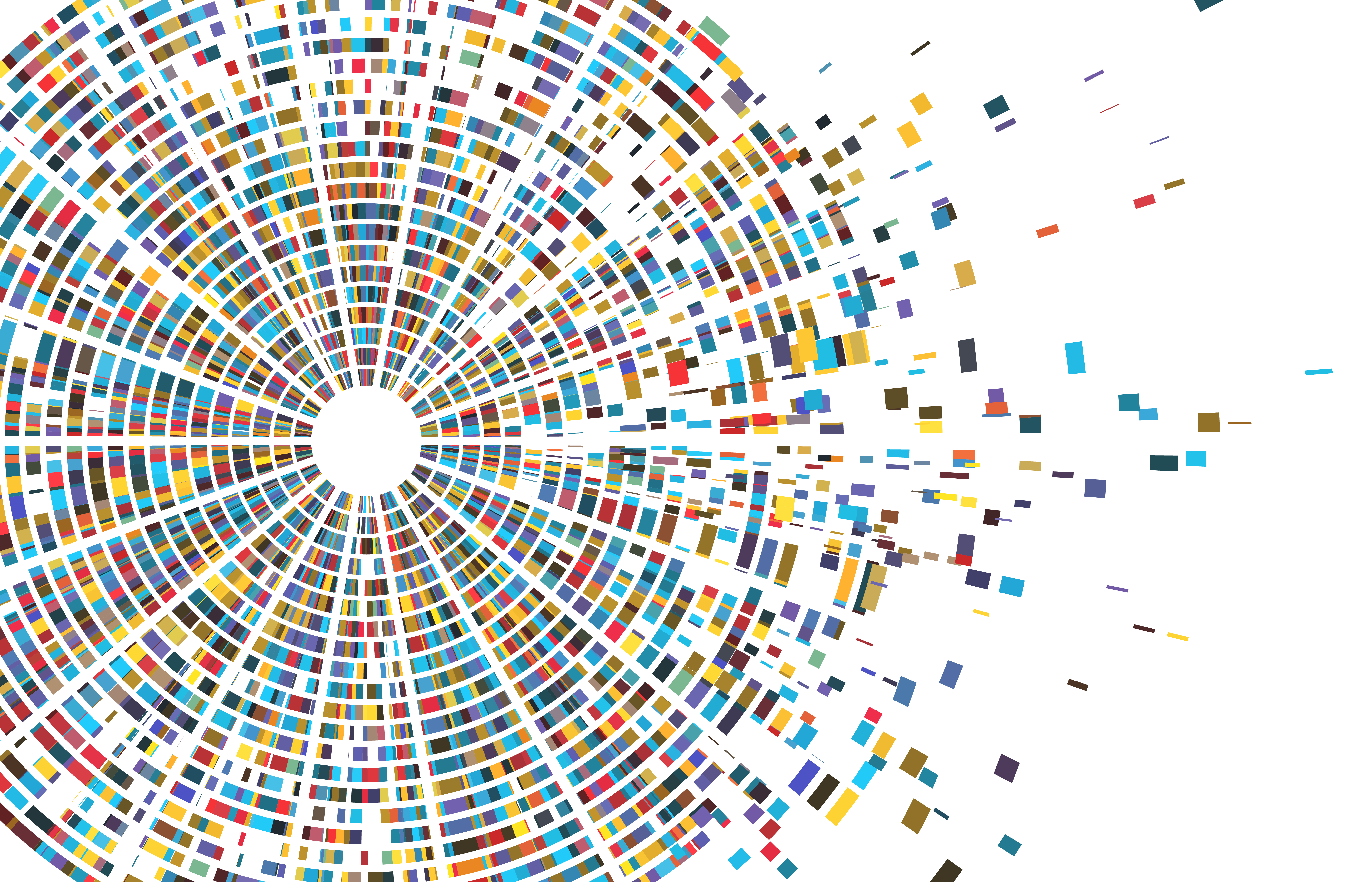

The consortium was dubbed Telomere-to-Telomere (T2T), named after the structures found at the ends of all chromosomes, the threadlike structure in the nucleus of most living cells that carries genetic information in the form of genes. Read chapter Front Matter: There is growing enthusiasm in the scientific community about the prospect of mapping and sequencing the human genome, a monume. This decoding of human DNA, also known as the human genome. The scientists also spotted about 2 million additional genetic variants, 622 of which were present in medically relevant genes. Most of those are disabled, but 115 may still be active. The genome of any given individual is unique mapping the human genome involved sequencing samples collected from a small number of individuals and then. Of these genes, the researchers identified about 2,000 new ones. Candidate SNPs were included in the final map only if they mapped to a single location in the genome assembly.
#MAPPED THE HUMAN GENOME FULL VERSION#
The consortium's full version is composed of 3.055 billion base pairs, the units from which chromosomes and our genes are built, and 19,969 genes that encode proteins. The global effort was a massive scientific.
#MAPPED THE HUMAN GENOME CODE#
"This foundational information will strengthen the many ongoing efforts to understand all the functional nuances of the human genome, which in turn will empower genetic studies of human disease," Green added. An international team of scientists mapped nearly the entire human genome for the first time two decades ago, cracking the genetic code of human life. National Institutes of Health, said in a statement.

"Generating a truly complete human genome sequence represents an incredible scientific achievement, providing the first comprehensive view of our DNA blueprint," Eric Green, director of the National Human Genome Research Institute (NHGRI), part of the U.S.


 0 kommentar(er)
0 kommentar(er)
